The firm purchased its first painting in the 1960s, when senior partner Sir Norman Cowper decided it was time for the firm to move on from images of racehorses and sailing ships.
Hugh Jamieson, a man of taste and style, was asked to acquire an artwork for the reception area in the P&O Building, where the firm then had its offices. Jamieson was happy with his choice – a Pro Hart painting featuring Ned Kelly on wheels – but others in the firm were not. Partner Gabriel Reichenbach thought clients would have a field day with the title 'Highway Robbery' and decided it should be removed. He was not averse to the painting itself, just the name – in fact, he ended up acquiring it for his own home.
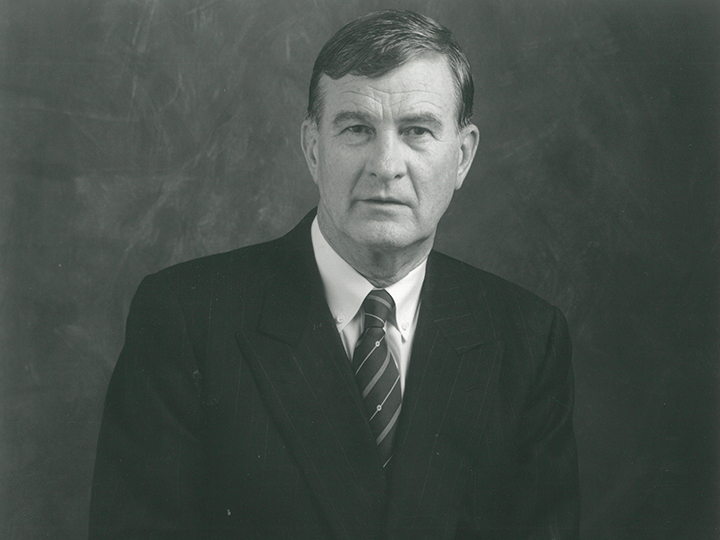
Jamieson believed his colleagues had become somewhat unadventurous, and saw art as a way to challenge them visually, exposing them to new ideas, perspectives and experiences.
When the firm moved to the MLC Centre in Sydney in 1978, he acquired several artworks to complement the modern design of the building. The idea that the firm should acquire art for its offices was soon welcomed by many of the partners. This encouraged Jamieson to embark on a substantial acquisition program. He was a keen collector, and would often buy a painting for himself and one for the office. Jamieson learned early on it was best to hang paintings on a Saturday, when there was no one around to judge them too quickly or to make special requests.
Over the years, many people asked Jamieson about artworks for their personal acquisition. In this way, his influence extended beyond the walls of the office.
The collection reflects Jamieson’s personal tastes and views. He was keen to support young artists and the new ideas they brought to the art world. He continued to buy their works – at least, until they became too expensive. Jamieson's keen eye saw him acquire a collection that today is a window into the careers of some of Australia’s most significant artists, and female artists were always strongly represented. The collection was never intended as an investment, yet became a valuable asset that helped keep the firm afloat through its darkest days.
When Jamieson retired, partner Michael Ball carried on his legacy, acquiring work and overseeing the collection until 2010, when he was sworn in as a judge of the Supreme Court of New South Wales. Following this, partner David Maloney took responsibility for Allens' art.
At once uplifting, challenging and inspiring, the art collection continues to fulfil Jamieson’s vision. The works are rotated regularly among the offices and have a profoundly unifying effect. Exposure to them has led to many in the firm finding a new enthusiasm for art, and spirited discussions are common.

Ridgewalking paddock no 50 2007
synthetic polymer paint on canvas, 136 x 184cm
by John R Walker

Choice and chance 1991
oil on canvas, 122 x 122cm
by Angela Brennan

Transient Ischaemic Attack Painting London 1 (TIAP1): There are no female Leprechauns: which way does a compass point in Space? Fly Spray 2005
varnish on linen, 200 x 200cm
by Dale Frank

Transient Ischaemic Attack Painting London 1 (TIAP1): There are no female Leprechauns: which way does a compass point in Space? Fly Spray
2005
by Dale Frank

Self-portrait with G E Morrison 1995
oil on canvas, 167 x 304cm
by Jaiwei Shen

Hunter/Collector
2006
by Constantine Nicholas

Tesserae 4 1989
assemblage soft drink boxes, 46 x 36cm
by Rosalie Gascoigne

Godzilla v Mothra 5 2005
oil on canvas, 140 x 200
by Susan Norrie

Untitled (Tall Tales and True) 1984
oil on plywood, 124 x 124cm
by Susan Norrie
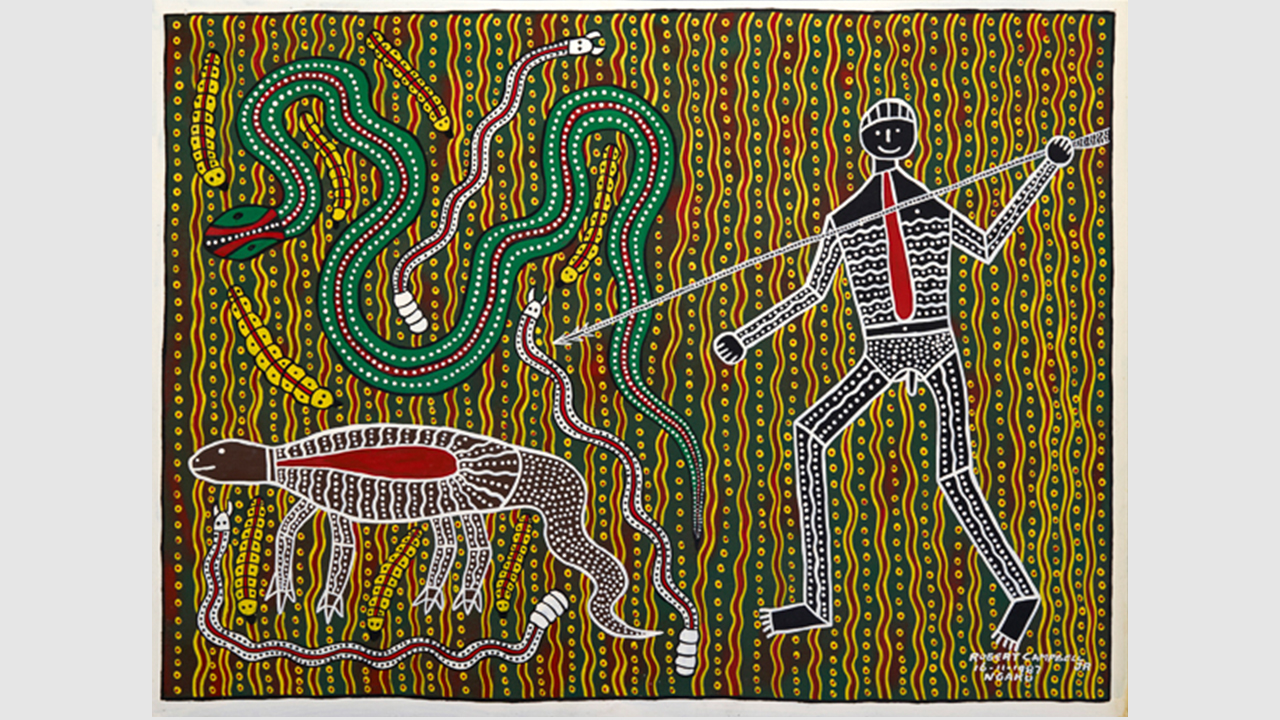
Hunter, Snake, Witchety Grub 1987
Enamel on board, 87 x 118 cm
by Robert Campbell Jnr
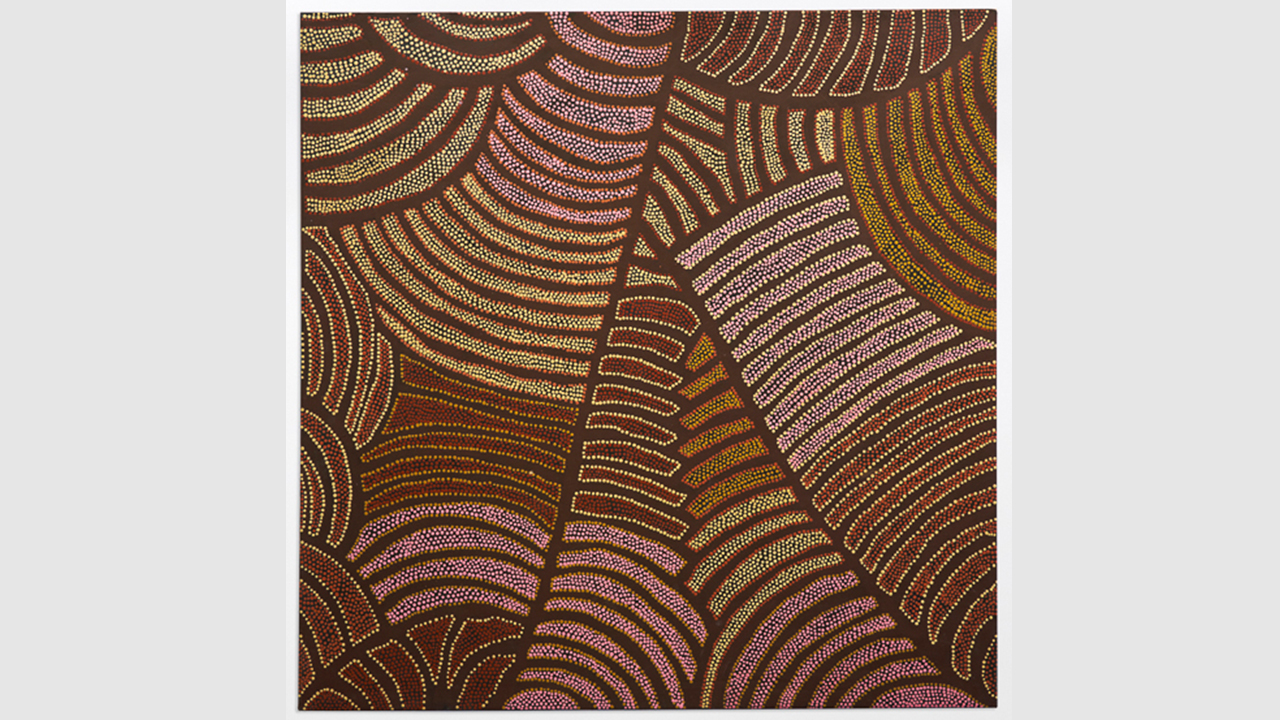
Untitled 1996
acrylic on canvas, 188 x 60cm
by Gloria Petyarre
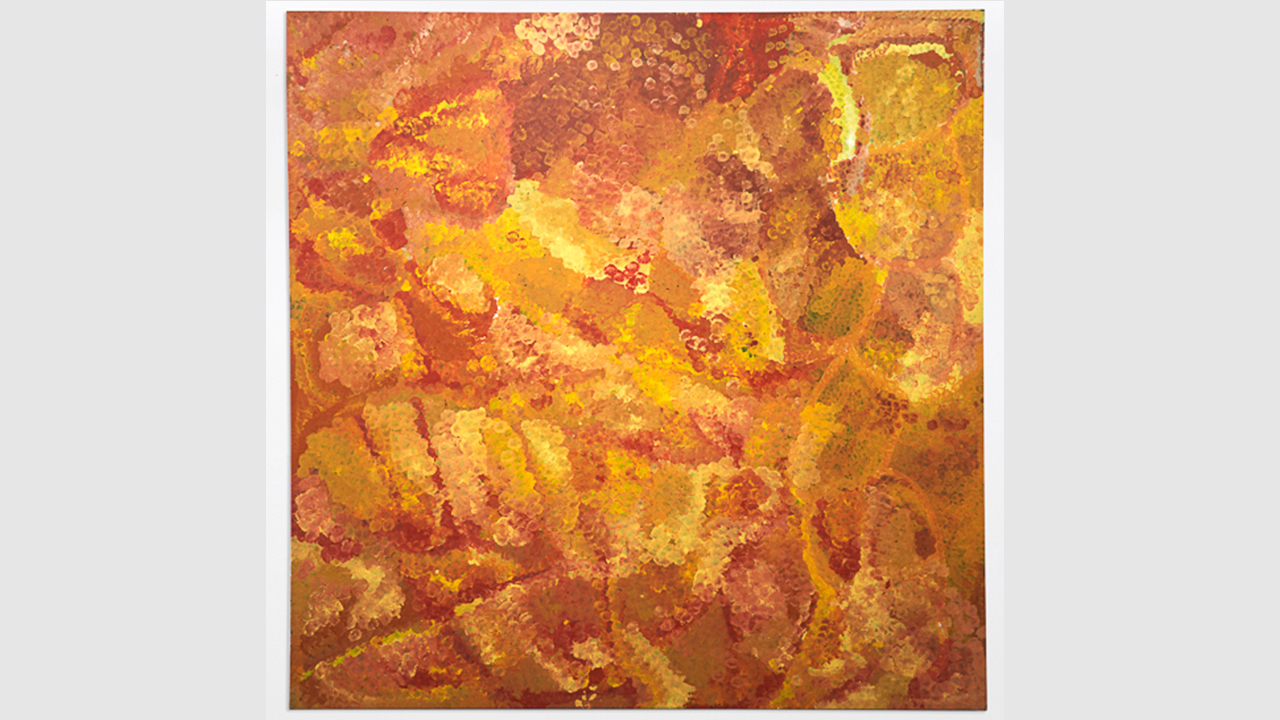
Untitled
1992-93
by Emily Kame Kngwarreye
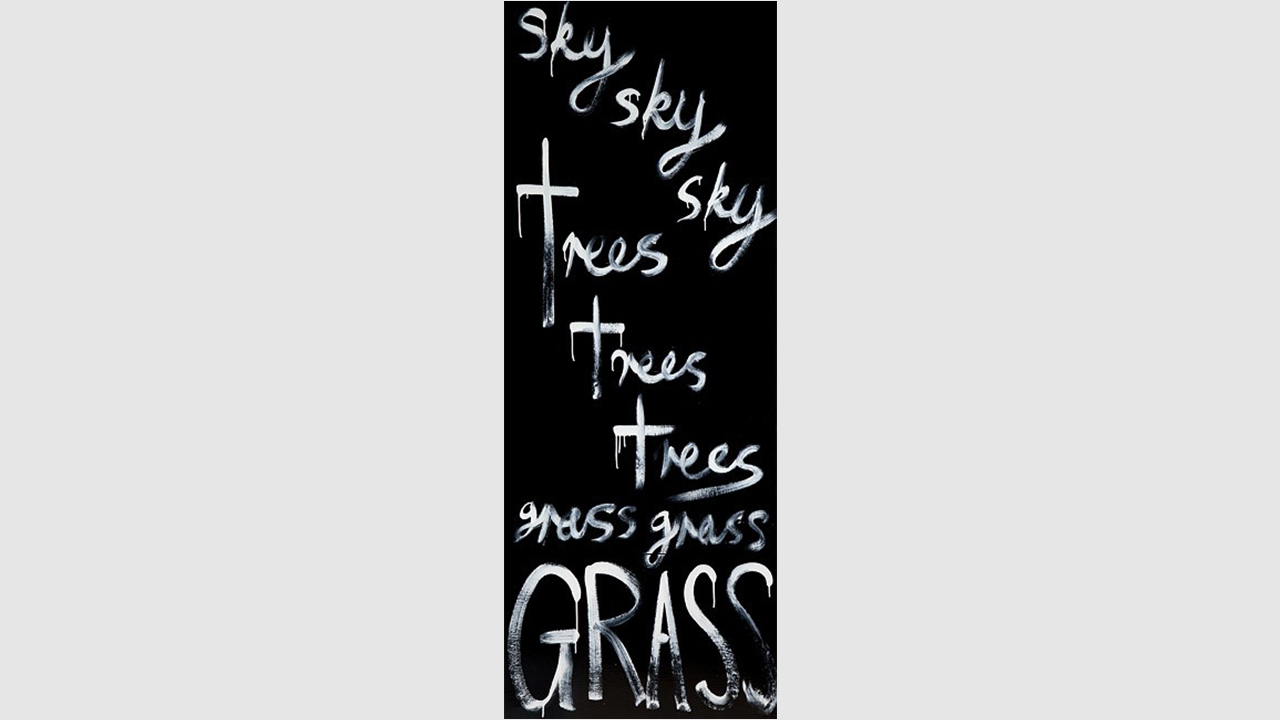
sky, sky, sky, trees, trees, trees, grass, grass, grass (after Woody Guthrie) 2010
enamel on New Zealand kiln dried pine
2 pieces: 198 x 76cm (overall)
by Nell
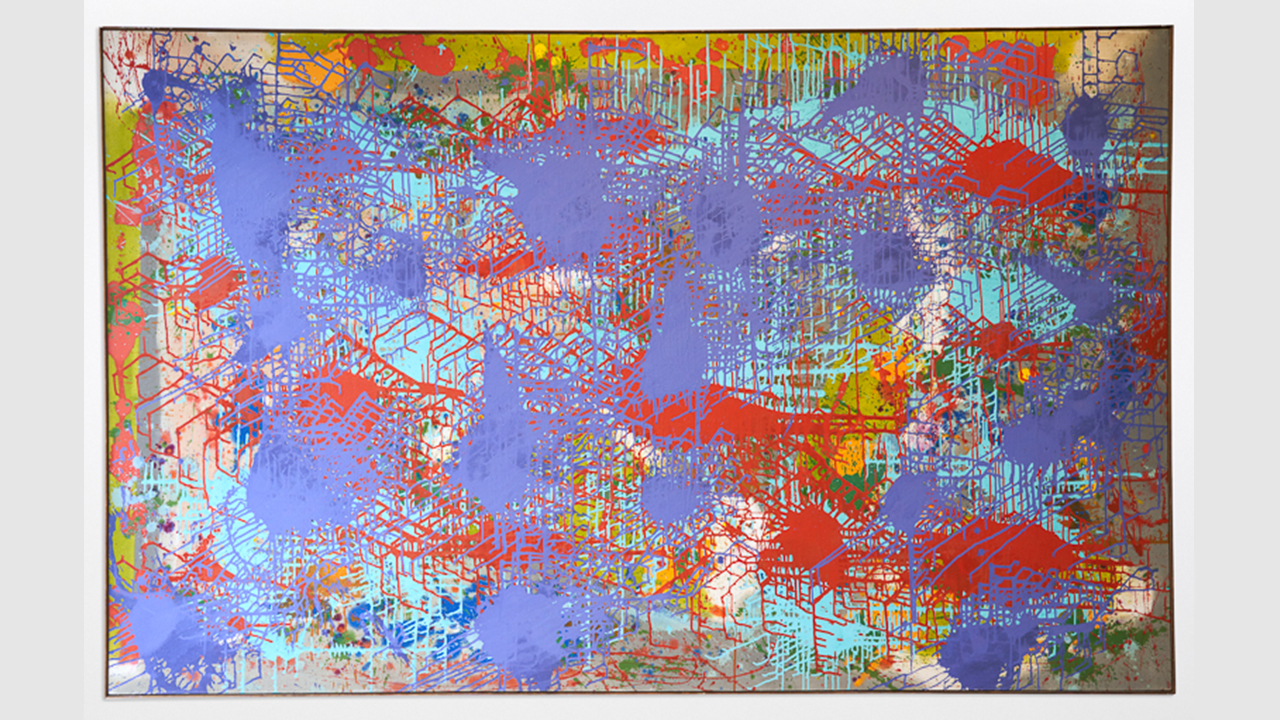
Pag Blue,1971
acrylic on canvas, 173 x 284cm
by John Peart
